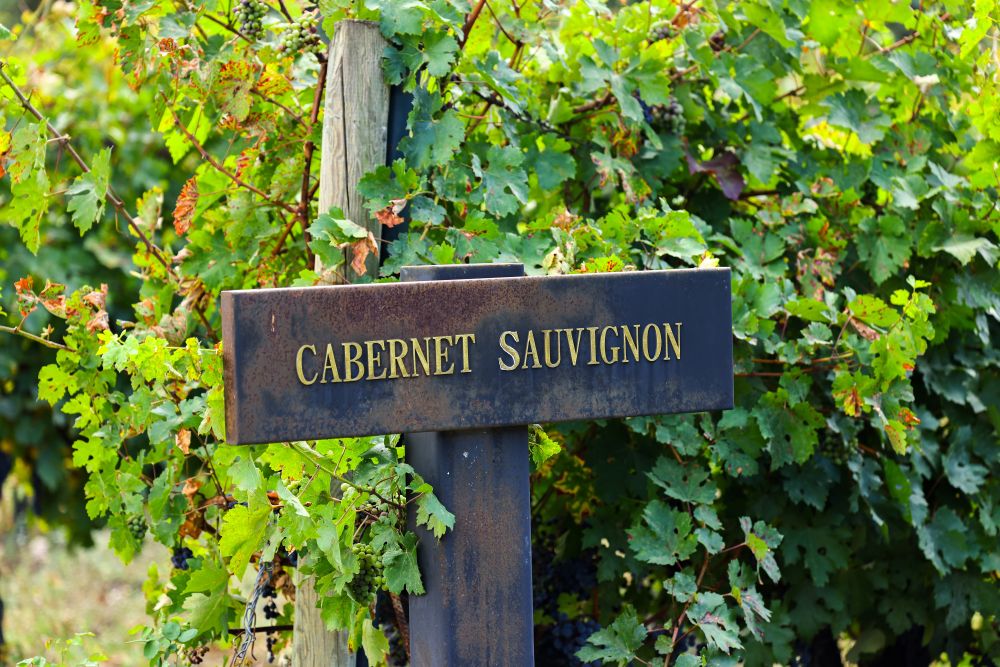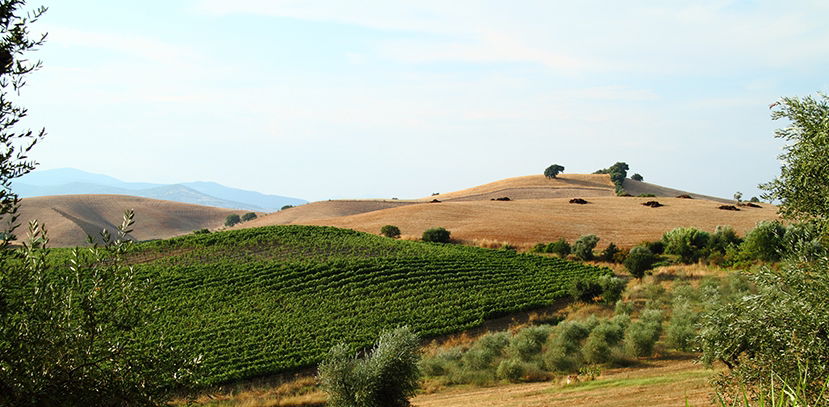BLOG
Breaking Tradition: How Super Tuscan Wines Redefined Italian Viticulture
Justin Martindale MW Regional Spotlight

When I first joined the wine industry some 16 years ago, I was thrown in at the deep end specialising in selling the world’s finest wines to the well-heeled customers of Northwest London. In those early days, one of the topics that frequently plunged me under the water was when I had to sound knowledgeable about Italian wines. In my first couple of weeks on the job I was given a great piece of advice by one of my seasoned veteran colleagues: if you know just one Italian wine, make it this one. The wine he was referring to was the iconic Sassicaia; today one of the most highly-regarded and sought-after wines of Italy, with prices to match, but originally sold as just a humble Vino di Tavola in the 1970s. This is the story of how this wine came to shake up the wine classification system of Italy and gave birth to a brand-new category of fine Italian wine: the Super-Tuscans.

The Marchese Mario Incisa della Rocchetta was one of the wine world’s true pioneers. Having moved from Piemonte in the 1940s, the Marquis came to settle in the region of Bolgheri on Tuscany’s coast at the Tenuta San Guido estate – a site initially more famous for its racehorses than its wine. In fact, Bolgheri at this time was one of the few subregions in Toscana that didn’t have an established reputation for producing quality grapes. The Marquis himself noted in a letter of 1974, “Bolgheri’s wine was always bad, if not turned to vinegar, but, on the other hand, it featured a different fault every year: ‘This year, it’s a bit sparkling,’ the cellarman would say; ‘This year, it’s mushy.’” Inauspicious beginnings for what was destined to become one of Italy’s greatest wine regions.
Mario’s love affair with Cabernet Sauvignon goes back to his days in Pisa, when as a student in the 1920s he was introduced to a wine from the Salviati family’s old Cabernet vineyard in Toscana’s Mount Vecchiano. These early experiences lead him to the fine wines of the Médoc, and the Marquis decided he wanted to try to replicate this style as closely as he could by planting Cabernet Sauvignon and Cabernet Franc using cuttings from the same vineyard in Mount Vecchiano, near his new home in Bolgheri. And so in 1944, Sassicaia was born, initially just as a family wine and not one with any commercial aspirations.

This was probably for the best, as the early vintages were not a roaring success. As the Marquis himself notes, “Every year, in the month of March, the local land agents and experts would agree that the wine was disgusting.” These scathing early reviews lead Mario to feel understandably disheartened and in his own words, “humiliated,” but he was determined to keep trying, and expanded his Cabernet vineyards to a different site, on top of a stony, gravelly soil called sassicaia (‘sassi’ meaning ‘stones’ in English). Over time the wines drastically improved.
As luck would have it, Mario’s sister-in-law just happened to be married to the Marchese Niccolo Antinori, of the famed Antinori wine family. It was from this fortuitous connection that Sassicaia came to the attention of Piero Antinori, one of the legends of modern Italian wine. Piero was able to use his expertise to help create a version of the wine we might recognise today, with the first commercial vintage from 1968 launched in 1972, under the watchful eye of Antinori’s enologist Giacomo Tachis.
But a wine made from French grape varieties, matured in small oak barrels was never going to fit comfortably into Italy’s rigid classification system. Indeed when the Bolgheri DOC was born in 1983, it was only used for whites and rosés as they were really the only wine styles being produced there at the time. And so Sassicaia was bottled as a mere table wine, Vino da Tavola, unable to put anything more than a brand name on the bottle. The problem was, it didn’t taste like a mere table wine, nor was it priced as one. With its reputation increasing exponentially with every vintage, it’s clear that something had to change, and in the coming years other producers followed Sassicaia’s lead and started to make their own versions of Cabernet-based reds such as Grattamacco and Tenuta dell’Ornellaia. Eventually, in 1994, the rules of the DOC were changed to encompass red wines made from international grape varieties, and this style of wine became known as the ‘Super-Tuscans’.

After the pioneering efforts of these early trailblazers, Bolgheri is now a vibrant hotbed of wines produced from Cabernet Sauvignon, Merlot, Cabernet Franc with occasionally a splash of Syrah or Petit Verdot included. The only native-Italian variety permitted is Sangiovese which can constitute up to 50% of the blend. Sassicaia’s place in history was cemented when the 1985 vintage was given 100 points by Robert Parker, the first time this score had ever been awarded to an Italian wine, and in 2013, Sassicaia was bestowed the honour of its own appellation, Bolgheri Sassicaia DOC, becoming the only individual estate in Italy to achieve this. The other wines are labelled as Bolgheri DOC, but today this style has spilled out beyond these original boundaries and can be found elsewhere in Tuscany too, where they are bottled under the Toscana IGT designation, and made to meet every budget.

Sassicaia still stands on its own at the top of the Super-Tuscan pyramid and is now firmly established as one of Italy’s finest wines, in one of the wine world's greatest rags to riches stories. While many have come to imitate the style, nobody has yet surpassed this wine for its superlative quality, ageability and class. Recent releases sell for in excess of $250 a bottle, which puts it well beyond the reach of most wine lovers, but when you compare it to first growth Bordeaux? It’s a bargain!




